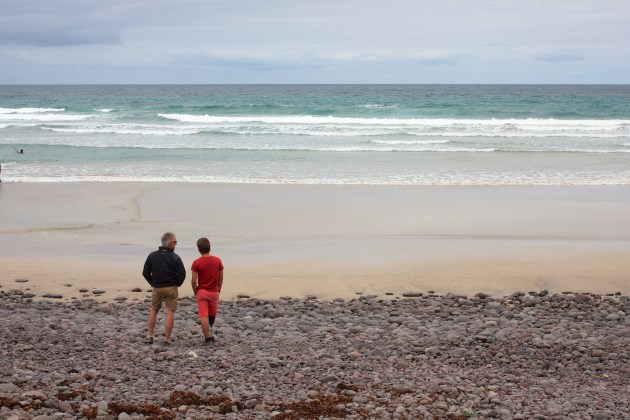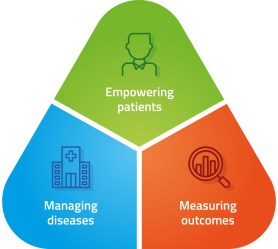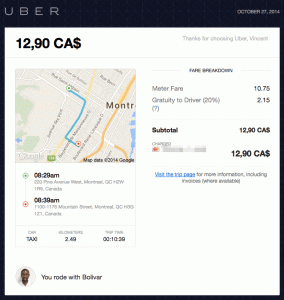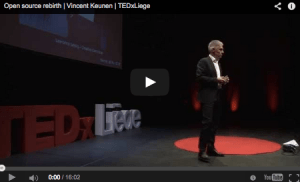
(English below – Version française de ce texte ici)
(Presentation of Andaman7, video, 2.5 minutes: http://bit.ly/A7videoWhatis (English))
Those who know me personally remember that 2007 was a difficult year for our family. In March, I learned that I was suffering from leukaemia (a blood cancer). I was 43 years old. Only 3 months later, our son, Pierre, was diagnosed with Ewing sarcoma (a bone cancer). He was 10 years old.
Today, years later, we are both alive and in good health. Pierre lost a leg (he was amputated below the knee) and every day I take a magic pill called Gleevec. We are, therefore, both cancer survivors. This shows how modern medicine is truly of excellent quality, and is continuing to improve quickly.
Pierre, ages 14 and 19Before Gleevec, patients with CML like me would have a few months to 2 years life expectancy at most. So learning that diagnosis was a death sentence. With Gleevec, the life expectancy is reverted back to normal values. Thank you Novartis!
There is a big difference between our two cancers. Mine was very easy to cure – one pill per day, for the rest of my life – but Pierre went through 2 very difficult years of treatment, and his leg is lost forever…
Therefore, I don’t need to tell you how important it is, and how motivated I am, to contribute to research and help the pharmaceutical and medical devices industry work faster and cheaper. And this will be even more important for rare diseases for which the cost of development is high compared to expected revenue. With a pill for Ewing sarcoma, my son would still have his 2 legs…

Pierre and Vincent, family holiday, 2014
There were other problems we faced too, as patients or caregivers.
During Pierre’s treatment, which involved many doctors and several hospitals, I witnessed first hand how difficult the health information management was. Being myself a software engineer, I was particularly concerned with the lack of quality in the handling of information; I even felt a little bit responsible for it. In fact, I have participated in various large health IT projects: secure medical messaging systems meXi and Medibridge in Belgium (15 000 physicians, hospitals, and laboratories) and a large prevention EHR system for Idewe, managing close to 1 million workers’ health. Despite all of this, information management in the health sector is still significantly behind.
And finally, for patients, it’s very difficult to have access to their health data. And it is of the utmost importance. Numerous studies show that the efficacy of treatments is improved with more patient empowerment.
Therefore, I decided to contribute to these unmet needs with Andaman7. We created a very ambitious platform to ease the communication between patients and actors of the health sector – it’s a project by patients for patients.
We want to contribute in 3 ways:
- Empowering patients: every patient should have access to all their health data
- Helping research: offering PRO (Patient Reported Outcomes), RWE (Real World Evidence), questionnaires for clinical trials…
- Helping care actors: facilitating home care, remote monitoring of patients, etc.

Andaman7 is first a social project: any patient can install the app today on their mobile device and start managing their health data. The app is free and will always be. Download it from our website: https://www.andaman7.com. It both is very safe and completely respects our privacy as patients. No health data is stored on the cloud, and Andaman7, the company, does not have access to your data – everything is on your smartphone.
And we want the project to be sustainable. So we are asking for financial contributions from pharmaceutical companies and medical device manufacturers for PRO, RWE, trials, questionnaires… and from hospitals and care actors for remote monitoring, home care,…
Vincent Keunen, Health 2.0 and TEDx conferencesIf you want to participate in this (r)evolution, join us at www.andaman7.com. Install the application and tell me what you think (vincent.keunen@andaman7.com). We are open to any and all suggestions.
Thank you!
Vincent Keunen
Other links:
-
General, short, presentation of Andaman7 (video, 2.5 minutes): http://bit.ly/A7videoWhatis
- Pierre’s story is detailed on: https://pierre.keunen.net/welcome/
- My TEDx video : http://bit.ly/tedxvk









